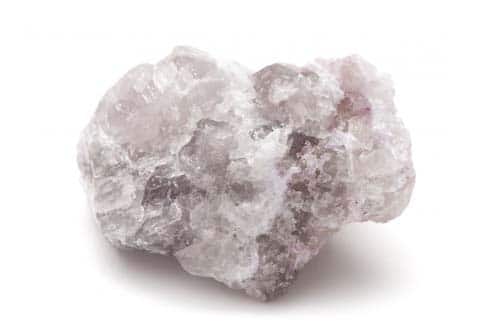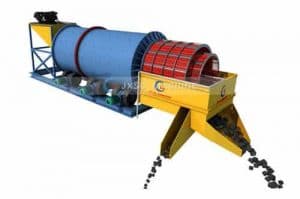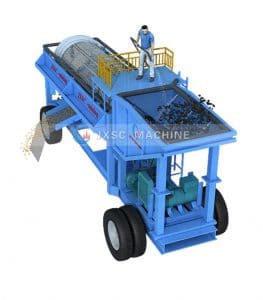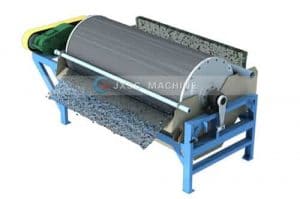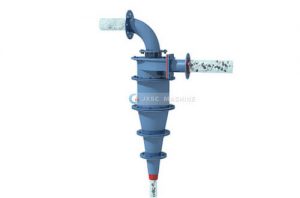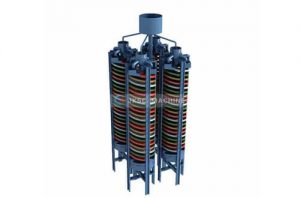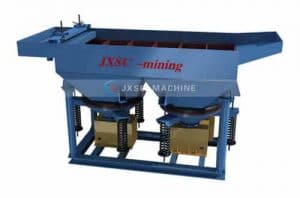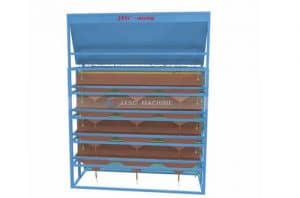Feldspar Mining
Feldspar
Description
Fluorite is commercially named fluorspar composed of calcium fluoride (CaF2). It is the principal source of fluorine. The same is used in production of hydrofluoric acid, which is used in a wide variety of industrial applications including glass etching. Fluorite tends to occur in well-formed isometric crystals, forming cubes and octahedrons. It also occurs in both massive and earthy forms, and as crusts or globular aggregates with radial fibrous texture.
| Type | Crystal System |
| Mineral | Isometric |
| Mineral Classification | Color |
| Halide | Colorless. Samples are often deeply colored owing to impurities |
| Chemical Formula | Luster |
| CaF2 | Vitreous |
| Streak | Fracture |
| White | Subconchoidal, uneven |
| Mohs Hardness | |
| 4 |
Relation to Mining
(IMAR 7th Edition)
In some areas, fluorite rich veins may be weathered to depths of as much as 75 m. Such weathered ore, a mixture of clay and fragments of fluorite and detached wall rock, may be mined open pit with draglines, scrapers, or power shovels to depths of as much as 50 m. Below that, underground mining methods, involving modified top slicing or overhead shrinkage stoping, are used.
Vein Mining:
Vein mining is commonly done by shrinkage stoping, cut-and-fill, and open stoping where strong walls occur. Closely spaced shrinkage stope bins may give way to widely spaced bins, with electric and air slushers being used in the tops of stopes to transport the overbreak to the ore pass. Air-operated, rubber-tired, muckhaul units can be adapted to in-stope work. Where shrinkage stoping is used, broken ore is commonly moved to the shaft by track haulage using battery-powered locomotives and 1- or 2-t side-dump cars.
With the introduction of diesel haul units of less than 1.5 m in width, mining can be changed from shrinkage stoping to ramp subleveling in veins. Loaders can be served by small diesel trucks carrying 3 to 4 t. Ventilation for the diesel equipment is usually handled by lines of woven plastic tubing. In shafts, bucket hoisting is supplanted by lifting in larger skips. In larger mines, crushers are installed over skip-loading pockets at the shaft bottom, which improves skip loading.
Room and Pillar:
In bedded deposits, room-and-pillar patterns are used, with the widths of rooms governed by roof conditions. Newer equipment has rubber tires and is diesel operated, including the muckhaul units—which have buckets ranging in size from 0.9- to 4.6-m3 capacity—and rubber-tired diesel trucks with 3- to 18-t capacity. Drilling is done by diesel-propelled jumbos in the bedded ore mines, but the jackleg drills are still used in narrower working places and drifts. In multileveled ore bodies, haulage ramps on 12% to 15% grades connect the levels. Vertical raises are used to facilitate ventilation requirements.
Most drilling uses tungsten carbide bits, or the throwaway- type hardened steel bits. In blasting, the trend is increasingly toward the use of ammonium nitrate–fuel oil mixtures. Mine crews, supervisors, and mechanics are usually provided with diesel personnel vehicles to facilitate mobility. Wherever widths of ore bodies, depths of overburden, economic stripping ratios, and the strength of the sidewalls permit, it is common practice to mine by open-pit methods, as is the case in Kenya and South Africa. This optimizes the obvious advantages to be gained by using lower cost explosives, large-scale earth-moving equipment, and economical quarry bench mining methods.
Uses: The majority of the United States’ annual consumption of fluorspar is for the production of hydrofluoric acid (HF) and aluminum fluoride (AlF3). HF is a key ingredient for the production of all organic and non-organic chemicals that contain the element fluorine. It is also used in the manufacture of uranium. AlF3 is used in the production of aluminum.
The remainder of fluorspar consumption is as a flux in making steel, glass, enamel, and other products. A flux is a substance that lowers the melting temperature of a material.
Uses
The majority of the United States’ annual consumption of fluorspar is for the production of hydrofluoric acid (HF) and aluminum fluoride (AlF3). HF is a key ingredient for the production of all organic and non-organic chemicals that contain the element fluorine. It is also used in the manufacture of uranium. AlF3 is used in the production of aluminum.
The remainder of fluorspar consumption is as a flux in making steel, glass, enamel, and other products. A flux is a substance that lowers the melting temperature of a material.
Feldspar Flotation Process
【Process Introduction】
Process methods of fluorite (fluorspar) ore are gravity separation and flotation. Mineral processing equipment includes gravity separation equipment and flotation equipment; gravity separation equipment: jig, only jig can deal with the coarse fluorite ore. Fluorite (Fluorspar) flotation equipment is similar to other mineral flotation equipment including crusher, ball mill, flotation machine, etc.
【Application】
Fluorite (Fluorspar) Flotation Process is applied for refractory fluorite with complicated properties such as high mud content, impurity containing, fine particle distribution, etc.
【Process Description】
Separation of fluorite (fluorspar) and sulfide ore
The sulfide ore contained in fluorite (fluorspar) is floated with xanthate collector, and then fatty acid collectors float fluorite (fluorspar). In flotation of fluorite, it can be also feasible to add a small amount of sulfide mineral to inhibit residual sulfide mineral, and ensures the quality of fluorite (fluorspar) concentrate.
Mixed flotation of fluorite (fluorspar) and barite flotation, and then separate them. In mixed flotation, obtain mixed concentrate with oleic acid as a collector. Mixed concentrate separation can use positive or reverse flotation to obtain fluorite (fluorspar) concentrate.
Separation of fluorite and quartz
The fatty acid collects fluorite (fluorspar), and sodium silicate restrains quartz. The dosage of sodium silicate should be controlled properly; a small amount has activation to the fluorite, but inhibition function is not enough; excessive inhibits fluorite (fluorspar). Sometimes in order to increase the inhibitory effect of sodium silicate on quartz, some multivalent metal ions will be added.
A fluorite dressing plant in Hebei, the fluorite with low ore grade, high oxidation, fine granularity distribution and small hardness, the original production process was concentrate regrinding and seven times cleaning, concentrate grade of 88%, the recovery rate of 75.56%. The poor dressing indexes seriously affected the production indexes and economic benefit of the enterprise. Therefore, it commissioned JXSC to reform technology. After fluorite beneficiation tests, JXSC improved the flotation process and the inhibitors. Indexes comparison as follow:
| Comparison of Reformation | Process | Fluorite (Fluorspar) Concentrate Grade /% |
Recovery Rate of Fluorite Concentrate /% |
| Before Reformation | Once roughing, crude concentrate regrinding, six times cleaning | 88.52 | 75.56 |
| After Reformation | Scavenging bubble into the coarse concentrate, improving the reagents system and increasing the flotation tank | 93.55 | 88.95 |
After the reformation, the fluorite (fluorspar) flotation indexes have been improved obviously, increasing the economic income of 3200000 yuan/year and the profit of 1500000 yuan/year.


